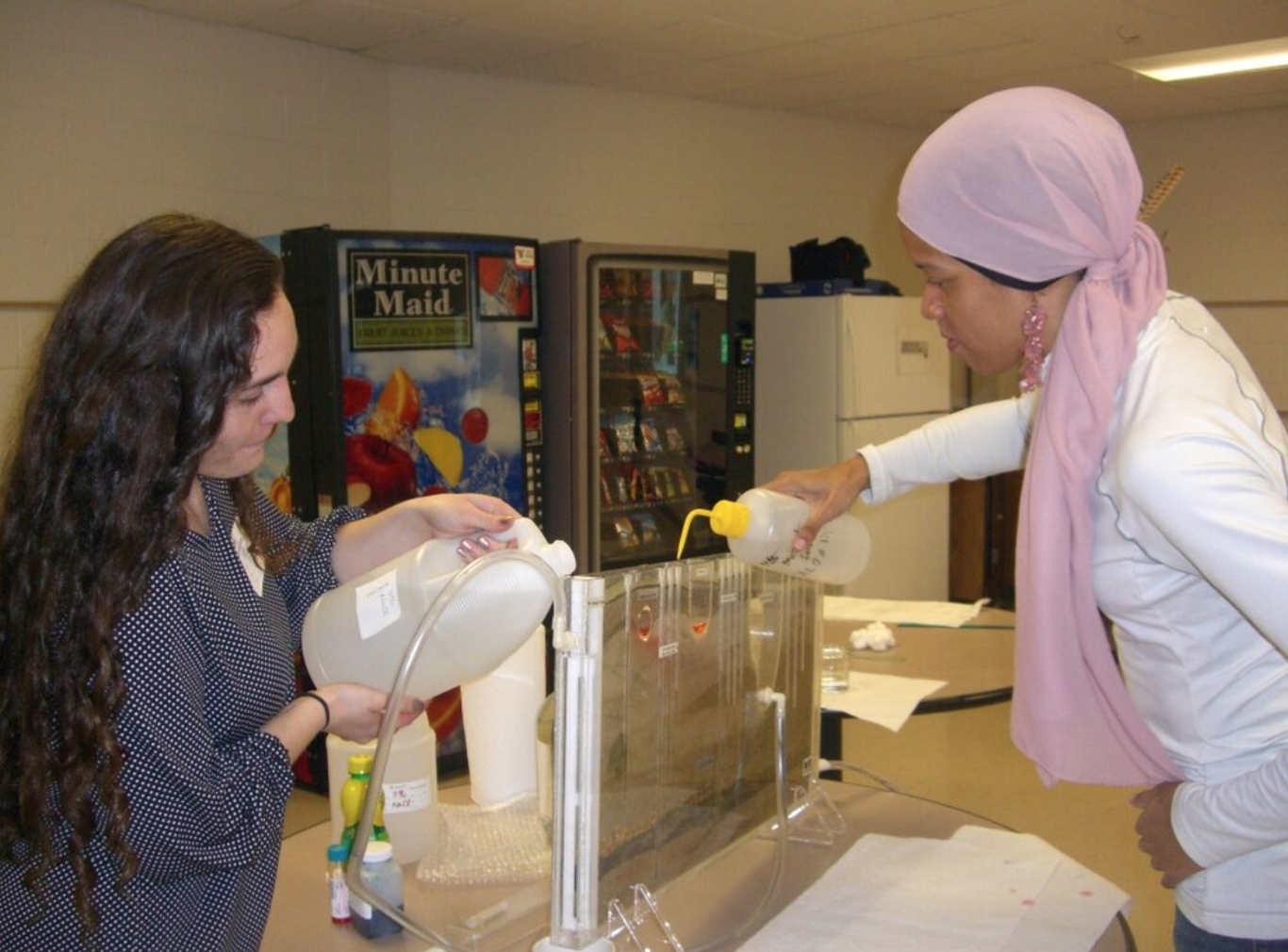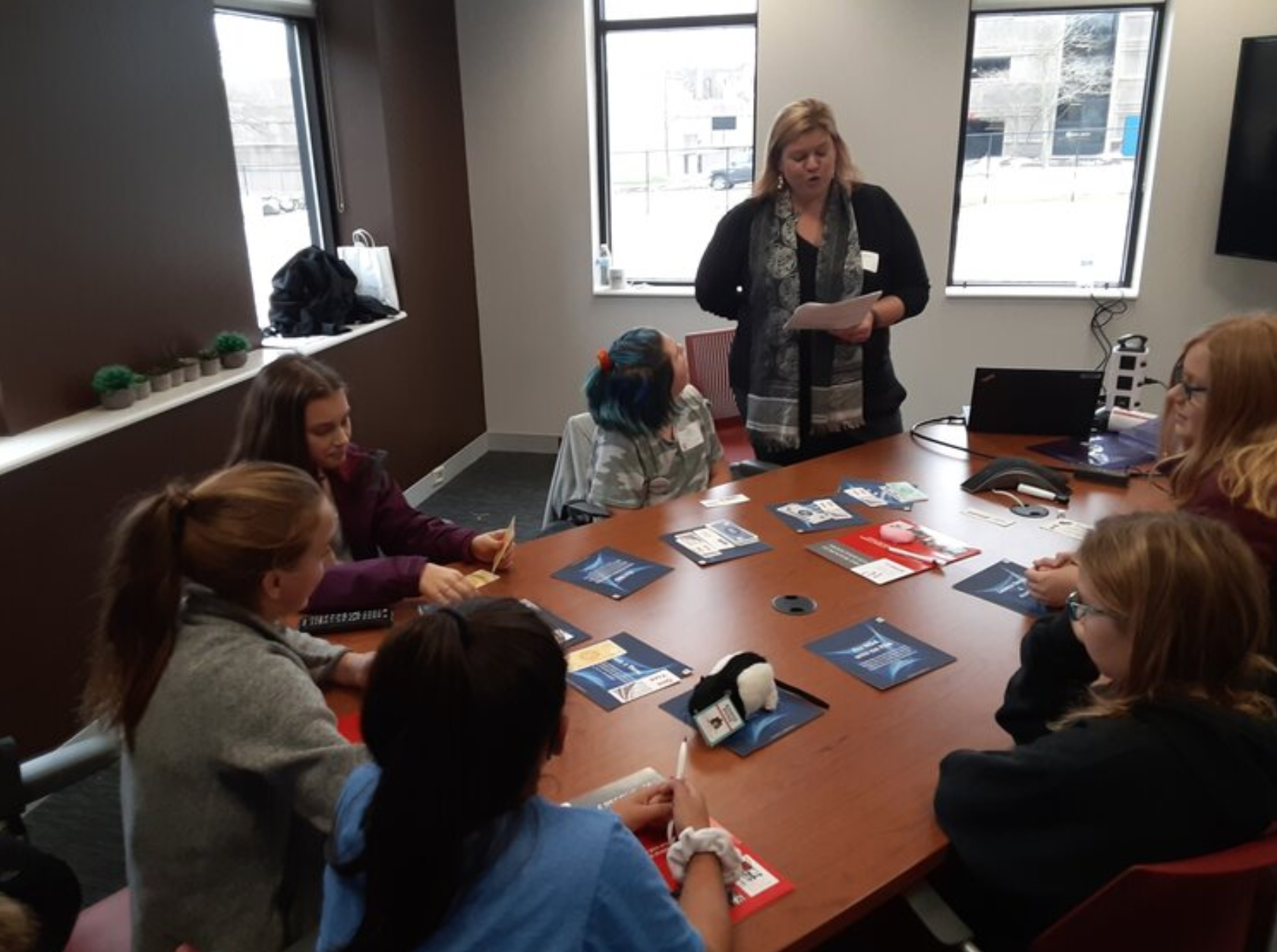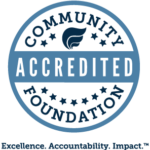Celebrating Connecticut Women Who Led the Way to the Vote
Mar 26, 2020
March is designated as Women’s History Month, an invitation to explore and reflect on the often-overlooked contributions of women to American history. FCCF President & CEO Juanita James talked with Connecticut Women’s Hall of Fame Executive Director Sarah Smith Labarsky and Founding President and Board Member Geena Clonan to learn how women of our state blazed new trails – and continue to inspire our next generation of women leaders.
James: I was excited to see one of my favorite people in the world, Dr. Joyce Yerwood, inducted into the Connecticut Women’s Hall of Fame a few years ago. As Fairfield County’s first African-American female physician, she influenced many lives. Can you tell me how and why you started the Connecticut Women’s Hall of Fame?
Clonan: When I was a managing director of The Connecticut Forum, we did a show on American women breaking new ground. We started looking for a way to connect the national theme we were discussing to a local level. To our surprise, we could not find an exhibit that had ever honored the collective contributions of Connecticut women over 350 years of our state’s history. So, we set out to do it.
We partnered with Hartford College for Women and Shawmut Bank (now Bank of America) to create an exhibit that honored nearly 60 women. Forty-five of them were historical inductees, as we were trying to catch up in showcasing the stories of Connecticut women that had never been told.
We thought it would just be an annual event, but teachers came forward in droves and asked for curriculum guidelines and women’s history in the classroom. That’s why we became the educational institution we are today.
We are the women, and we tell their stories. And today more than ever, we need to tell those stories.
James: What kind of work are you doing in Connecticut, and how is it relevant to our world and our region today?
Labarsky: We honor women’s achievements and preserve their stories by making tribute films every year at our annual induction ceremony. To inspire the next generation of female leaders, the main push of what we’re doing is all about education.
We know from speaking with teachers that women’s history is not taught much in our classrooms. So, we think it’s really important to get into the schools to talk to both boys and girls. We also have all-day programs specifically for girls across the state, and we talk to the public.
It’s remarkable how little people know about the wonderful women from Connecticut who have contributed so much, not only to our state, but to the nation and to the world.
James: Can you tell us about some of these inspirational Connecticut women?
Clonan: Many of us have heard of legendary actress Katherine Hepburn. But how many know of her mother, Catherine Houghton Hepburn? After hearing a British women’s rights activist speak, Catherine brought back to Connecticut and to the country the message and tactics to fight for suffrage, equality, and eventually birth control rights.
Most of us have bought Newman’s Own products, not realizing it wasn’t Paul Newman himself but his daughter who created a great line of products that happened to be organic. Her company has gone on to become a force of nature in the global environment leadership field.
Few of us know of Elizabeth Plouffe and Martha Langevin, born over a hundred years ago, environmentalists and conservationists who saved the tribal reservation lands that led to the perseveration of the Pequot tribal nation. We can have conversations around land protection, organic farming and climate change, just using their life stories.
Another famous Connecticut woman was illustrious opera singer Marian Anderson, who was rejected on the basis of race from singing at Constitutional Hall. In 1939, she was vindicated when Eleanor Roosevelt asked her to sing on the steps of the Lincoln Memorial, witnessed by 75,000 people and heard by millions on the radio worldwide.
Flash forward 80 years and we have Broadway star Anika Noni Rose, who started in the movie Dreamgirls and then became the voice of Disney’s hit movie The Princess and the Frog. It prompted Disney to create its first-ever animated black princess using her voice and image – Princess Tiana.
Labarsky: These stories are so important to have on permanent record, because we want people to know about these women and use them as role models.
James: Can you tell me more about your events and what you’re doing in the schools?
Labarsky: We have our educator go in and talk to classrooms. Sometimes we get a living inductee to talk to the students, depending on what the teacher and our educator put together.
We also have all-day programs around STEM and civic engagement that connect young women with their female peers who are doing the work. For example, when we have a STEM day, we’ll have women from six different businesses come to the event and kids get to ask them, “How did you make it to this point? What was hard? What do you like?”
They also do a project. Stanley Black & Decker, for example, brings in big vats of water and pour oil in it. They look at the girls and say, “Okay, this isn’t good for humans or animals. How are we going to get this oil out of this tub?”
The basis of everything we do is to help clear the path for young women to advance and to live the life they would love to lead.
James: What else should people know about the Connecticut women’s hall of fame?
Clonan: This year, we are inviting everyone to join in celebrating the centennial anniversary of our right to vote. Our job this year is to get out the vote, and it’s important to note that we are nonpartisan.
Our aim is to get young women to the polls, and we hope the women we’re inducting this year will be a source of inspiration for that very action.
Labarsky: We are inducting Teresa Younger, who is President and CEO of the Ms. Foundation for Women; and Kica Matos, the director of the Center of Immigration and Justice at the Vera Institute of Justice.
In honor of the centennial of women winning the right to vote, we are also inducting six Connecticut suffragettes into the Hall. We’re spreading this message with suffrage banners that are free for anybody to use. They are booked through 2020, but we will continue to lend them out as long as anybody would like to see them.
James: What a way to pay tribute to the forward-thinking, brave suffragettes that gave all of us the opportunity to have a voice in things that impact our lives. How can people learn more and get engaged with the Connecticut Women’s Hall of Fame?
Labarsky: They can go to our website, cwhf.org. And if they want to know more, they can call the office at (203) 392-9007.



